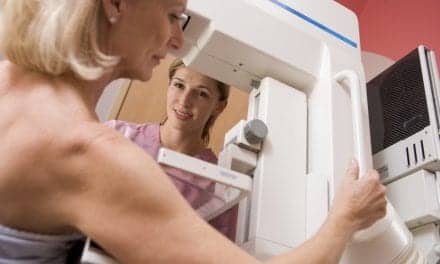According to an open-access article in the American Journal of Roentgenology (AJR), screening disparities that were exacerbated by the COVID-19 pandemic can be mitigated by strategies to increase access, targeting facilities serving vulnerable patient populations.
“After reopening, screening shifted from urban to suburban settings, with disproportionate screening decrease in patients with races other than white,” writes first author Constance D. Lehman, MD, PhD, director, division of breast imaging at Massachusetts General Hospital in Boston and a professor of radiology at Harvard Medical School. Noting that initial delays at facilities serving underserved populations exacerbated disparities, “interventions to expand access resulted in late recovery volumes exceeding prepandemic volumes in patients with races other than white.”
Lehman and her all-Harvard team’s retrospective study included screening mammograms performed from May 26, 2019-July 26, 2019 (prepandemic), 2020 (early recovery), and 2021 (late recovery, following targeted interventions to expand access), across three facility types: urban, suburban, community health center. Suburban sites had the highest proportion of white patients, as well as greatest scheduling flexibility and expanded appointments during initial reopening.
The percentage of mammograms performed in patients with races other than white decreased from 16.8% in 2018 and 16.9% in 2019 to 12.2% in 2020 (early recovery); however, the percentage of mammograms performed in non-white patients increased to 18% in 2021 (late recovery). Additionally, 2021 screening volumes exceeded prepandemic volumes for patients with races other than white.
“It may be possible with early intervention to reduce the widening disparities seen with COVID-19 and mitigate the risk of delayed diagnoses and increased mortality from breast cancer during and after pandemics,” the authors of the AJR article conclude.
Racial Disparities and Facility Access in Mammography Recovery After COVID-19 Closures






